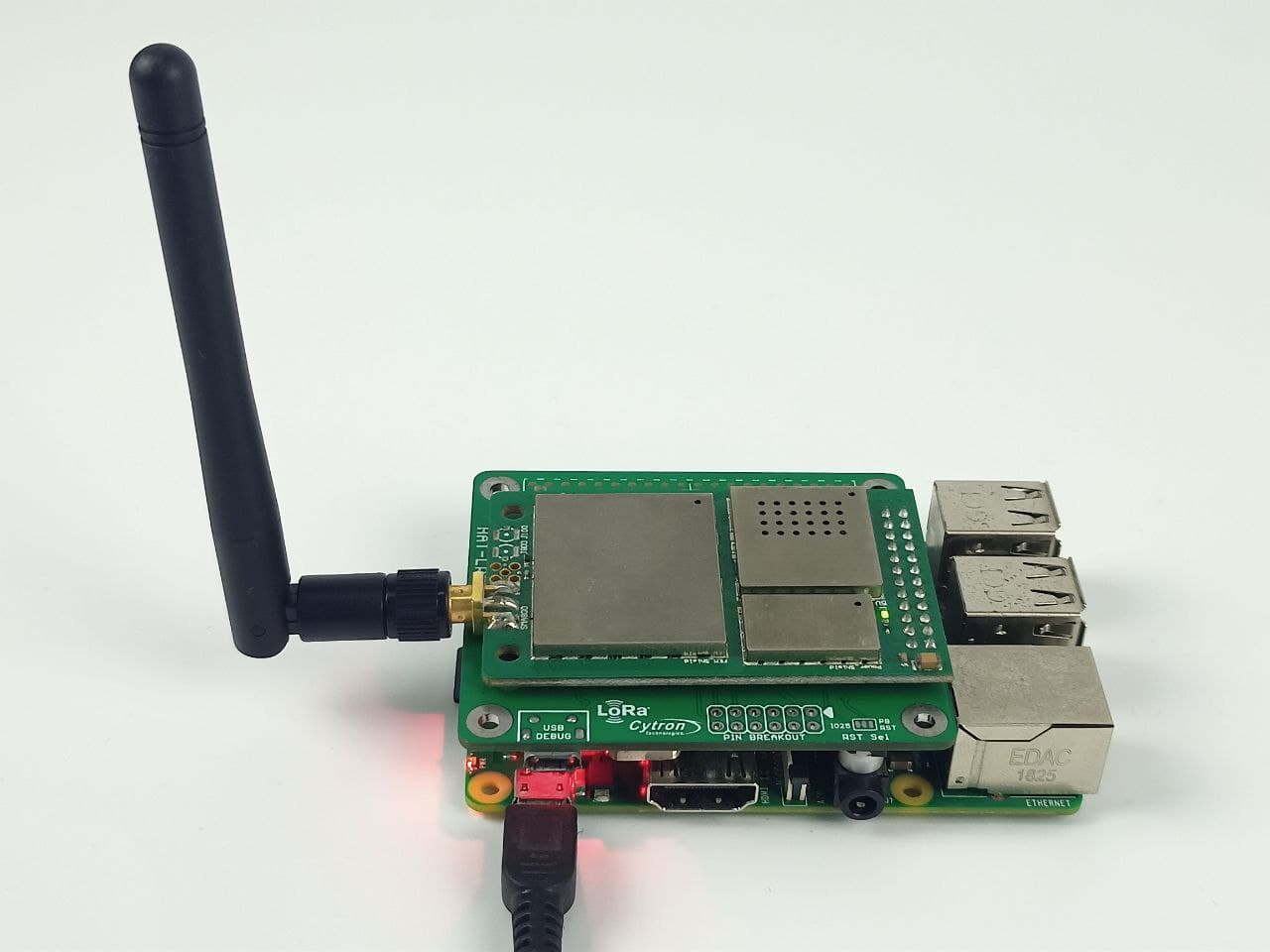There are numerous applications of artificial intelligence and the internet of things in the manufacturing sector. Manufacturing is becoming smarter and more efficient with real time assessment of big data, robotics, machine learning and connected operations wherein all processes work seamlessly.
IoT has also made manufacturing much safer than it was. Companies will of course induct the kinds of systems they need and find relevant for their operations. The resulting impact will naturally vary. While it is not easy to generalize the benefits across sectors, here are three ways A.I. and IoT are making manufacturing smarter and more efficient.
Autonomous Self Learning Systems in Manufacturing
One of the most noteworthy strengths of artificial intelligence is self-learning and improvement. Programs powered by artificial intelligence are inherently autonomous. Companies can certainly determine the extent of autonomy to be granted to the processes or systems.
An autonomous system can detect its own problems, learn from the issues and then heal or take corrective measures. Manufacturing units must deal with a chain reaction when something goes severely wrong. There are many repercussions that can hurt the business.
Many such issues can be preempted by artificial intelligence. Internet of things can provide real time access to such problems and it is not necessary but human intervention may be sought. Autonomous self-learning, detecting and healing systems are at the crux of using artificial intelligence in manufacturing.
Measurable Improvement in Operational Efficiency
It is a benefit if a system can be proactively protected from failures or errors. It is also worthwhile to note that autonomous self-learning systems can keep improving in due course of time without any human intervention.
These smart improvements keep on improving the efficiency of the various processes. As a result, there is a considerably reduced operational time for many phases that can have a ripple effect in the duration of the entire manufacturing cycle. A whole assembly line can become substantially more efficient if every phase is improved by a few seconds or even nanoseconds.
Operational costs can go down, accuracy is not compromised due to the lack or absence of human intervention and the self-learning systems can also come up with ways to introduce new supporting JD Edwards tools or programs that can further improve the efficiency.
Prevention & Better Management of Downtimes
Downtimes are common in most manufacturing processes. Assembly lines must be subjected to scheduled maintenance to avoid downtimes. Each component in the entire apparatus should work perfectly for operational efficiency.
Every part that is nearing the end of its lifespan or optimum efficiency during operation should be replaced. There are many other similar and dissimilar variables that are quintessential to avoiding a downtime. Artificial intelligence can prevent such downtimes by alerting the supervisor or the management of expected issues.
Internet of things facilitates connected manufacturing, so managers do not have to wait for a problem to become obvious when it will be diagnosed while the whole operation comes to a halt. Problems can be predicted, patterns can be identified, and steps can be taken to avoid downtimes in the first place.
Due to the self-learning ability of an artificial intelligence program and since it is connected to all related systems through the internet of things, it is possible to improve maintenance and avert downtimes due to any common or uncommon reason. Some of the maintenance requisites can also be automated in certain sectors. This does away with the need for human intervention even during upkeep. Prevention of downtimes has a significant financial benefit, as do the autonomy of various systems and the improved efficiency of the whole manufacturing cycle.
Inseparable A.I. and IoT are Integral to State-of-the-Art Manufacturing
A.I. and IoT have already ushered in the fourth industrial revolution. Manufacturing has always been the most significant beneficiary of all the preceding industrial revolutions. It is also among the first sectors that transform to adapt to new technologies.
There is more than sufficient reason to conclude that A.I. and IoT are already integral to state-of-the-art manufacturing. It is now for time to tell the extent to which artificial intelligence and the internet of things will transform manufacturing.
Author Bio
Chris Giarratana is a digital marketing consultant who works with small business and nonprofits. He helps drive conversions and boost sales through SEO marketing, freelance copywriting, and PPC management.



